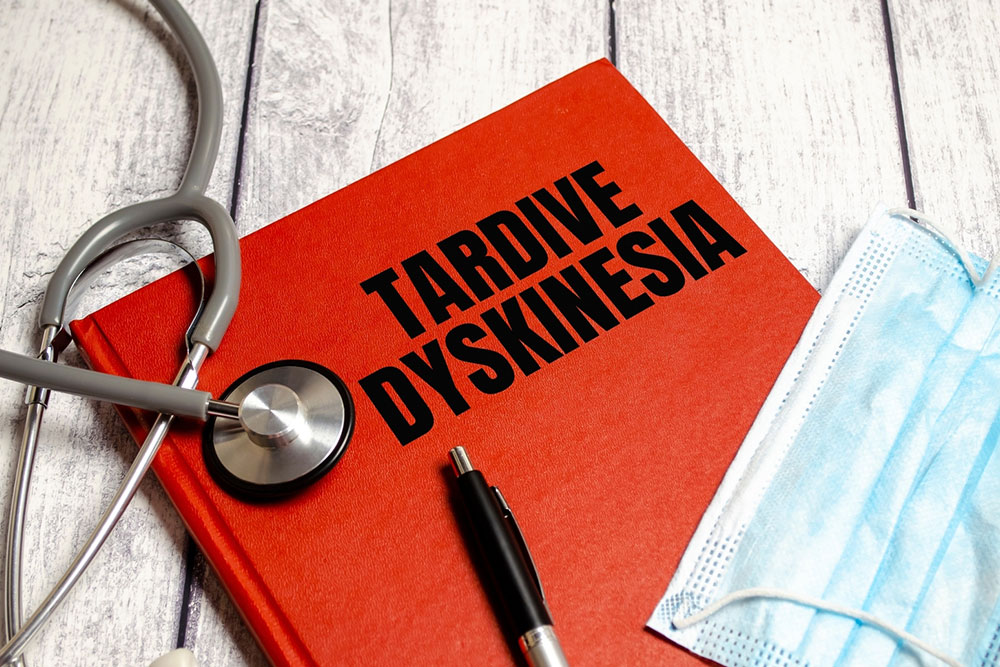4 major warning signs of tardive dyskinesia

Tardive dyskinesia is a prevalent neurological disorder. It is often a side effect of using specific treatments prescribed for mental health conditions like schizophrenia, depression, and bipolar disorder. These treatments may disrupt the production of a brain chemical called dopamine, leading to involuntary bodily movements. Tardive dyskinesia indicates one must visit a professional and adjust their ongoing treatment. Here are a few warning signs of the condition one should know about.
Uncontrolled facial movements
Those with tardive dyskinesia may lose control over their facial muscles, including those in the tongue. This may lead to unusual facial gestures, like repetitive lip smacking or puckering, fluttering eyelids, grimacing, tongue protrusion, jaw swinging, grunting, or puffing out of the cheeks. One may also unintentionally blink rapidly or stick out their tongue. Besides a loss of facial muscle control, patients may make involuntary sounds, such as grunting, clicking of the tongue, or throat clearing.
Involuntary limb movements
Tardive dyskinesia also affects limb control, leading to jerky movements of the arms or legs, flexing or twisting of the fingers, arm flapping, and restlessness or fidgeting. Individuals may also be unsteady on their feet and sway from side to side. The speed of these involuntary actions may vary from person to person.
Muscle tightness and posture changes
Patients may experience sudden muscle tightness. This symptom may last for a shorter or longer duration and may be accompanied by breathing or swallowing difficulties and abnormal posture changes.
Involuntary trunk movements
Patients with tardive dyskinesia may twist or turn their torso or perform repetitive rocking motions. If someone notices such trunk movements, they should consult a healthcare professional.
Besides these, patients may experience other signs. Therefore, it’s advisable to thoroughly assess discrepancies in usual physical and motor functions, particularly if someone is undergoing treatment. Early detection and intervention can greatly impact one’s overall well-being. The pattern of involuntary movements may be irregular, repetitive, or rhythmic. Since these symptoms affect a person’s quality of life and may worsen if left untreated, individuals must seek immediate help.
What causes tardive dyskinesia?
Several factors increase the risk of the condition, but the leading cause is treatments for mental disorders, nausea, reflux, and stomach issues like gastroparesis. The treatment duration can influence susceptibility. Furthermore, the symptoms may become evident in as little as six weeks after starting specific treatments or months or even years later in other cases.
Other risk factors include a family history of movement disorders or a genetic predisposition. It’s also important to note that women and adults 55 or older are at greater risk, and one’s susceptibility increases with age.
How is the condition managed?
The first step often involves reviewing and modifying the current treatment plan. Once tardive dyskinesia is diagnosed, doctors may discontinue a treatment or suggest alternatives. One may also be given other treatments to boost dopamine production. Additionally, a healthcare provider may suggest lifestyle modifications and interventions like targeted muscle therapy and neurological procedures like brain stimulation to alleviate the symptoms. One may also benefit from therapeutic support and psychological counseling.







